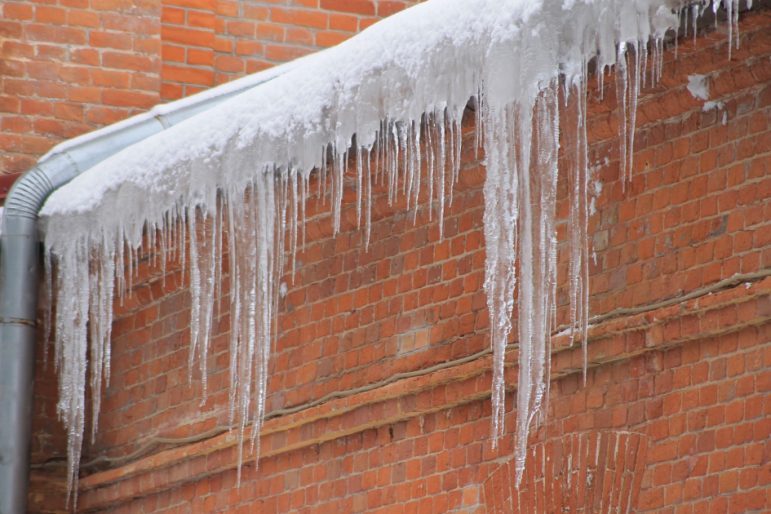Do you know your roof’s snow load? While we are likely a few months away from our first snowfall, being prepared is the best defence against the challenges winter brings to your building and your roof.
Use the fall season to prepare to protect your building’s structural integrity and avoid costly interior damage once winter comes.
RELATED: Take a proactive approach to your roof this fall
The dangers
As snow and ice accumulate on your roof throughout the season, they add weight to your roof that could compromise the structure of your building. According to the Ontario Ministry of Labour, one cubic foot of snow can weigh anywhere from seven pounds (for new snow) to 30 pounds (for old snow).
Ice damming can also become a problem. As part of the freeze/thaw cycle, ice builds up at the drains, stopping melting water from leaving your roof and adding more weight. Large icicles hanging from your eaves could be a sign that ice damming has occurred.
If enough snow builds up on your roof and it surpasses the parapets, snow could blow off the roof, becoming a hazard to staff and visitors.
If you don’t know your roof’s snow load, a structural engineer will determine the recommended capacity. Once you know that, you can put a plan in place to manage the snow load when it becomes too much for your roof.
Snow removal
If you need snow removal for your roof, do not head up there to shovel it off yourself. Call a qualified professional to get the job done. A roofing contractor will safely remove the snow, using the proper equipment, while avoiding your HVAC and other obstacles, like drains.
If snow removal does become necessary, storage is a key concern. The snow needs to go somewhere, so you will need to store it in a safe location, like a sectioned-off part of your parking lot. Be sure that the location is not close to any walkways or doorways that might be blocked as it adds up.
Using fall to get ready for winter is a great way to save time and money once those temperatures drop. Knowing what to do when winter comes will help keep your building safe and protected against too much weight on your roof.








